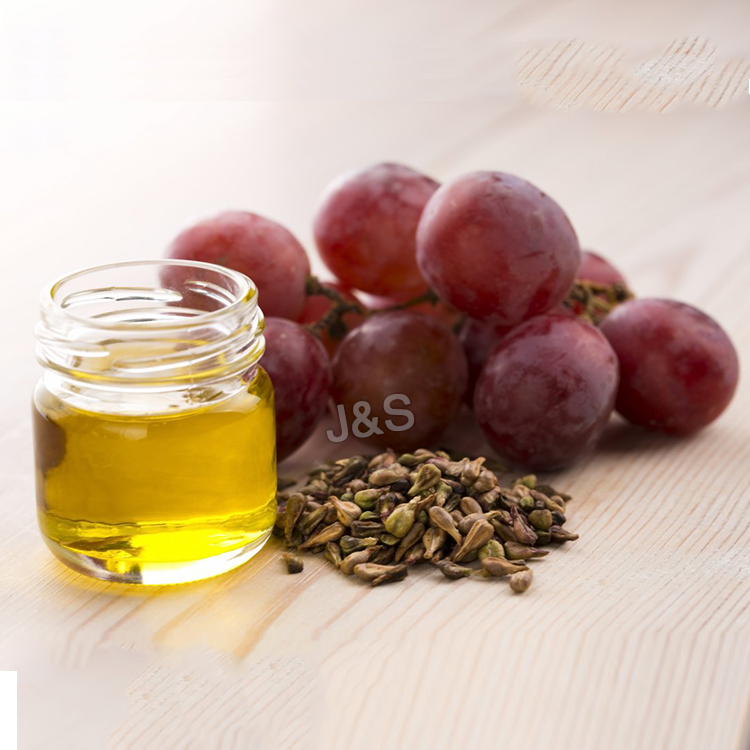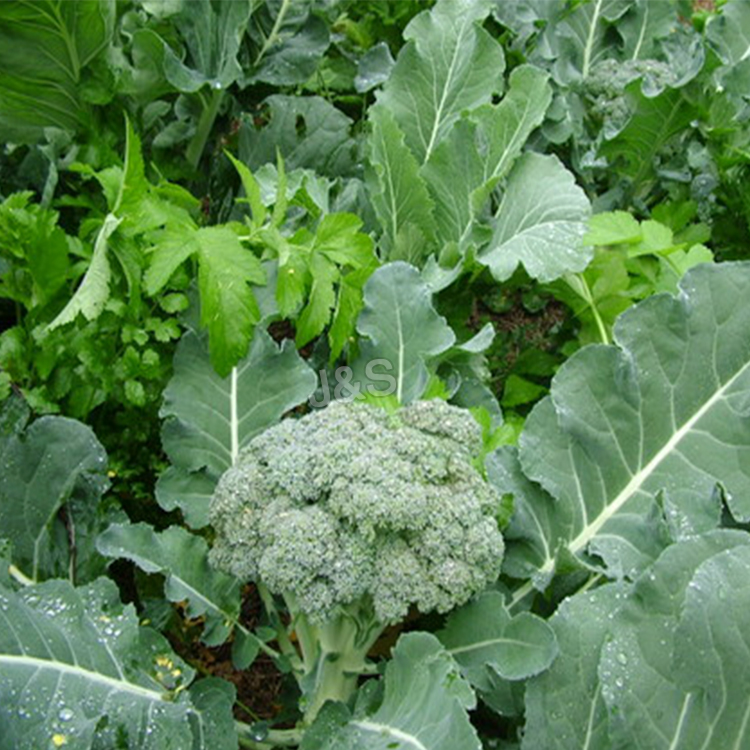Manufacturing Companies for Grape seed extract Factory for USA
Manufacturing Companies for Grape seed extract Factory for USA Detail:
[Latin Name] Vitis vinifera Linn
[Plant Source] Grape seed from Europe
[Specifications] 95%OPCs;45-90% polyphenols
[Appearance] Red brown powder
[Plant Part Used]: seed
[Particle size] 80 Mesh
[Loss on drying] ≤5.0%
[Heavy Metal] ≤10PPM
[Pesticide residue] EC396-2005, USP 34, EP 8.0, FDA
[Storage] Store in cool & dry area, keep away from the direct light and heat.
[Shelf life] 24 Months
[Package] Packed in paper-drums and two plastic-bags inside.
[Gerneral feature]
- Our product has passed the ID test by ChromaDex, Alkemist Lab. and other
third-party authoritative testing institutions, such as detection;
2. The pesticide residues match (EC) No 396/2005 USP34, EP8.0, FDA and other foreign pharmacopoeia standards and regulations;
3. The heavy metals in strict accordance with the foreign pharmacopoeia standard controls, such as USP34, EP8.0, FDA, etc.;
4. Our company set up a branch and import raw materials directly from Europe with strict control of heavy metal and pesticide residue. Aslo ensure the procyanidins content in grape seed is more than 8.0%.
5. OPCs over 95%, polyphenol over 70%, high activity, the oxidation resistance is strong, the ORAC more than 11000.
[Function]
Grapes (Vitis vinifera) have been heralded for their medicinal and nutritional value for thousands of years. Egyptians ate grapes a very long time back, and several ancient Greek philosophers spoke about the healing power of grapes — usually in the form of wine. European folk healers made an ointment from the sap of grapevines to treat skin and eye diseases. Grape leaves were used to stop bleeding, inflammation, and pain, such as the kind brought on by hemorrhoids. Unripe grapes were used to treat sore throats, and dried grapes (raisins) were used for constipation and thirst. Round, ripe, sweet grapes were used to treat a range of health problems including cancer, cholera, smallpox, nausea, eye infections, and skin, kidney, and liver diseases.
Grape seed extracts are industrial derivatives from whole grape seeds that have a great concentration of vitamin E, flavonoids, linoleic acid and phenolic OPCs. The typical commercial opportunity of extracting grape seed constituents has been for chemicals known as polyphenols having antioxidant activity in vitro.
Product detail pictures:

Related Product Guide:
Our eternal pursuits are the attitude of "regard the market, regard the custom, regard the science" plus the theory of "quality the basic, have faith in the main and management the advanced" for Manufacturing Companies for Grape seed extract Factory for USA , The product will supply to all over the world, such as: Portugal, Netherlands, Mauritius, Our market share of our products and solutions has greatly increased yearly. If you are interested in any of our products or would like to discuss a custom order, make sure you feel free to contact us. We've been looking forward to forming successful business relationships with new clients around the world in the near future. We've been looking forward to your inquiry and order.
Get this product at gogeous2u.com. Get Gogeous! Be Gogeous!
Contains a type of flavonoid known as oligomers of proanthocyanidins, or OPCs known for its powerful anti-oxidant benefits. They inhibit the mutation of DNA caused by free radicals — one of the environmental mutagens OPCs help restore damaged collagen and elastin and protect them against further damage.
Thus its useful to keep the skin healthy.Grapeseed Extract also helps enhance the immune system and promotes general well being.
Go Geous is formulated with PhytoCellTec Malus Domestica (Swiss Apple Stem Cell), Rousselot Hydrolysed Low Molecular Weight Collagen, Acai Berry, L-Arginine, Pine Bark Extract, Grapeseed Extract and Mixture of 6 Natural Berries.
Do you want the text version of the health benefits of cranberries? Read the full article here: https://bit.ly/dovemed-cranberries
Subscribe to DoveMed’s YouTube channel or “Like” Facebook page for health benefit videos of your favorite fruits and vegetables. Share in the comments section foods that you have made with cranberries.
—————————————————————
Subscribe to DoveMed’s channel to learn about more medical studies taking place!
—————————————————————
Connect with DoveMed Online
➨Visit DoveMed.com: https://bit.ly/dovemed
➨Find DoveMed on Facebook: https://bit.ly/dovemed-facebook
➨Follow DoveMed on Twitter: https://bit.ly/dovemed-twitter
➨Follow DoveMed on Instagram: https://bit.ly/dovemed-instagram
➨Follow DoveMed on LinkedIn: https://bit.ly/dovemed-linkedin
➨Follow DoveMed on Pinterest: https://bit.ly/dovemed-pinterest
—————————————————————
DoveMed is a trusted, physician-approved, and simple to understand health technology portal geared to help consumers make better decisions regarding all-around health and well-being – their own as well as their loved ones. Our company is independent and is not owned by any pharmaceutical, medical, or media companies.
—————————————————————
Resources:
Beans, cranberry (roman), mature seeds, raw Nutrition Facts & Calories. (n.d.). Retrieved June 19, 2017, from https://nutritiondata.self.com/facts/legumes-and-legume-products/4288/2
Bodet, C., Grenier, D., Chandad, F., Ofek, I., Steinberg, D., & Weiss, E. I. (2008). Potential oral health benefits of cranberry. Critical reviews in food science and nutrition, 48(7), 672-680.
Howell, A. B., Reed, J. D., Krueger, C. G., Winterbottom, R., Cunningham, D. G., & Leahy, M. (2005). A-type cranberry proanthocyanidins and uropathogenic bacterial anti-adhesion activity. Phytochemistry, 66(18), 2281-2291.
Katsargyris, A., Tampaki, E. C., Giaginis, C., & Theocharis, S. (2012). Cranberry as promising natural source of potential anticancer agents: current evidence and future perspectives. Anti-Cancer Agents in Medicinal Chemistry (Formerly Current Medicinal Chemistry-Anti-Cancer Agents), 12(6), 619-630.
Reed, J. (2002). Cranberry flavonoids, atherosclerosis and cardiovascular health. Critical Reviews in Food Science and Nutrition, 42(S3), 301-316.
Ayala, G., Escobedo-Hinojosa, W. I., de la Cruz-Herrera, C. F., & Romero, I. (2014). Exploring alternative treatments for Helicobacter pylori infection. World J Gastroenterol, 20(6), 1450-1469.
It is not easy to find such a professional and responsible provider in today's time. Hope that we can maintain long-term cooperation.





